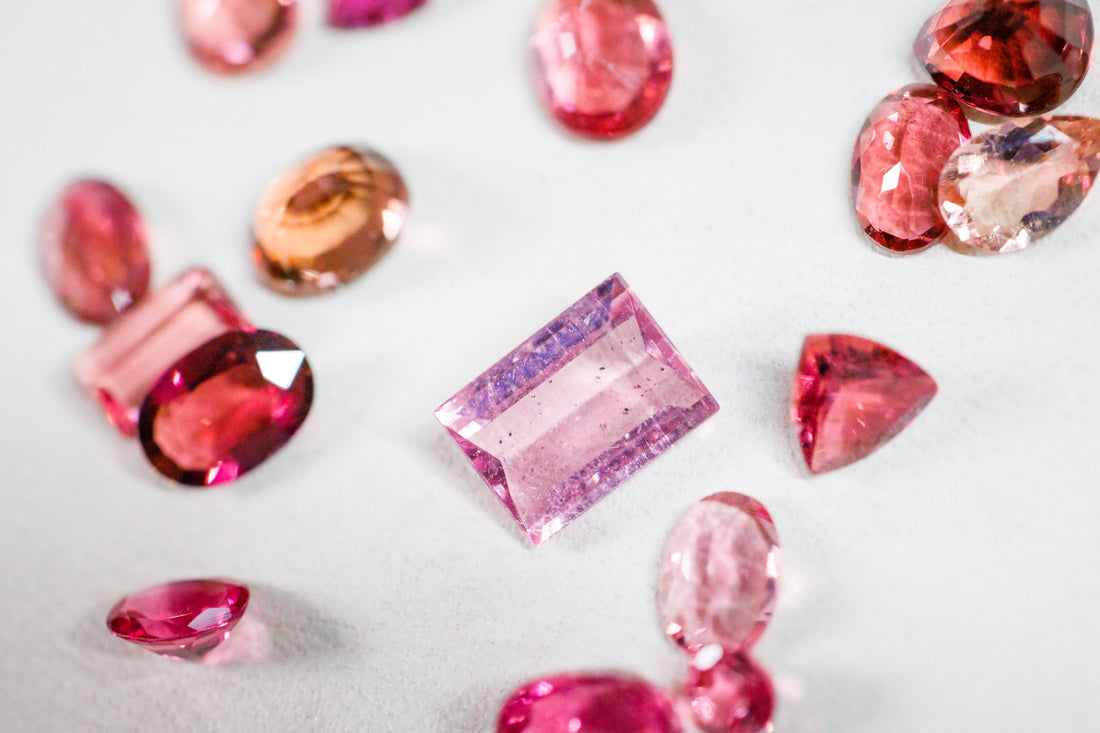With purchasing a piece of jewelry often times we consider the color and cut of a stone to be of the greatest importance. This of course determines the look and style of the jewel. Even though the look is what inspires, the wear and tear overtime is of great importance too. What we advise to take into account is one factor that is sometimes overlooked; the hardness of a gemstone.
Ring set with a 3.03 ct diamond
In 1812, geologist and mineralogist Friedrich Mohs introduced a method to determine and compare hardness of different minerals by their ability to scratch and be scratched. The scale on which this is measured is called the Mohs scale and ranges from 1 to 10, with 10 being the hardest. Every mineral can be categorized somewhere on this range. As you might know, only a diamond is a perfect 10. This means the only thing that can scratch a diamond, is another diamond.
What falls right below a 10, is a 9. Although this might seem like a linear jump, this first gap actually represents a devision by 4. So for example a ruby is a 9 on the scale, but in fact a diamond is 4 times as hard as a ruby, despite only going one step down on the scale. This curve flattens with every step down. In comparison a ruby (9), is twice as hard as a spinel (8), and so on.
Blue Topaz (8) set in a collier of turquoise (5.5)
To make this a bit more insightful, the hardness of a knife falls around 5.5, as well as glass at a 5.5. Some gems that equal this hardness are opal and turquoise. This means these gems are quite fragile when it comes to scratching and require a more delicate handeling. Your fingernails are placed at a 2.5, which compare to pearl and amber. With these you have to be extra careful to make sure they retain their looks over time.
Now you might wonder what this means for your everyday wear of your beloved jewelry, and what you can do to make the most out of the stone you have chosen. There are certain ways to protect a stone that is more fragile. With opal for example, which we love to use, a bezel serves as a protection layer to outside threats. It secures the stone and makes for a more durable lifespan.
Australian opal in a bezel setting
Another good thought to take into account is in what type of jewelry the gem will end up. Earrings and necklaces have a lesser chance of being scratched than an engagement ring. A good rule of thumb is anything a 7 or above is good for everyday use and will maintain durability. If you have any gems that you would like to have advice on, we would love to give you an indication on what the best way to go is, and where we could be of assistance!
(All pictures in this blog are clickable and linked to the corresponding available items)




